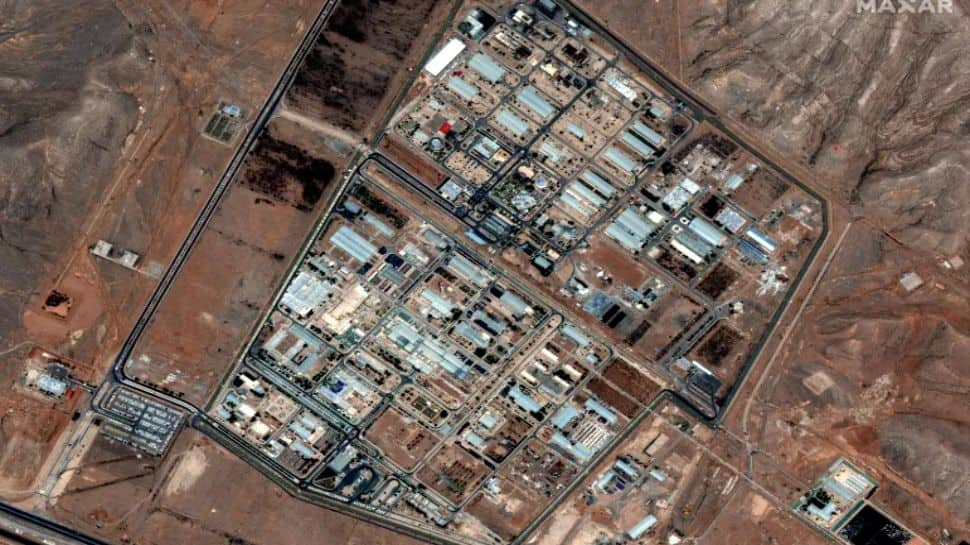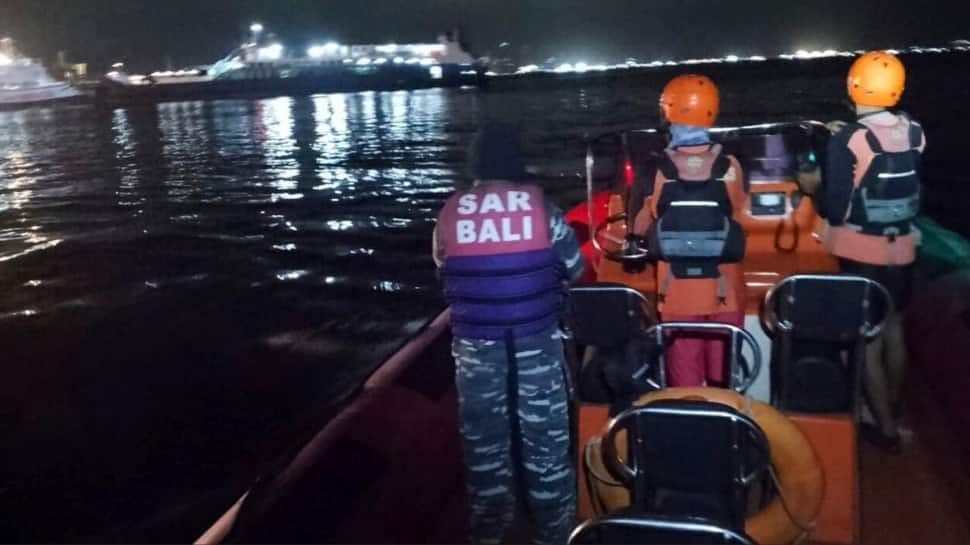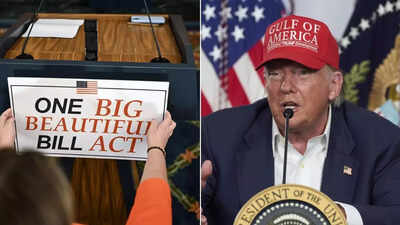Trump Claimed Iran’s Nukes Were Obliterated – But U.S. Generals Say Isfahan Was Untouched | World News

Washington, D.C.: U.S. President Donald Trump stood before the cameras, confident as ever. His voice did not waver. His words were clear. “We obliterated Iran’s nuclear programme,” he claimed. No hesitation. No asterisk. No doubt.
The president was referring to the recent US-led strike on Iran’s underground nuclear complexes. It was the most daring mission since the Israel-Iran war began. Code-named ‘Operation Midnight Hammer’, it involved B-2 stealth bombers, cruise missiles and nearly 14,000 kilograms of high-grade bunker-busting bombs.
But behind the scenes, the picture looks less absolute.
Senior U.S. defense officials now say the most heavily fortified site – Isfahan – was never hit with bombs. It could not be. The facility lies too deep. Concrete, rock, steel – all stacked over the chambers that store Iran’s most dangerous uranium. Military planners knew the GBU-57 bombs would not reach it. So they did not try.
Instead, the strike relied on Tomahawk missiles fired from US submarines. These targeted surface structures and power lines above the site. Not the heart of the complex. Not the vaults where the enriched uranium is kept.
General Dan Caine, the top military officer in charge of the operation, later told lawmakers that Isfahan was a “no-go” for bunker-busters. “The depth exceeds our penetrative capability,” he said.
Isfahan reportedly holds nearly 60% of Iran’s enriched uranium. Some of it at 60% purity – just short of weapons-grade. If that stockpile survived, Iran’s nuclear timeline has not collapsed. It is only slowed.
Satellite images taken after the strike showed activity near the facility. Trucks. Cranes. Fresh digging. Tunnel doors appeared open again within days. U.S. and Israeli intelligence officials quietly reviewed the images. Their consensus – Iran may have moved key material before the bombing.
President Trump has dismissed those reports. He insists nothing was relocated. No uranium was moved. “We got it all. There is nothing left to hide,” he said during a televised interview.
But intelligence briefings tell a more cautious story.
A Defense Intelligence Agency (DIA) assessment shared with members of the Congress emphasised “severe damage” to Fordow and Natanz – two shallower sites. But it stopped short of confirming full destruction. “Core infrastructure at Isfahan remains structurally intact,” one official summarised.
Some lawmakers are now urging clarity.
Republican Congressman Michael McCaul, who sits on the House Foreign Affairs Committee, told reporters, “We do not think Iran shipped anything out. But a full accounting is needed. We need inspectors back in there.”
That, however, may not happen soon. Iran has blocked International Atomic Energy Agency (IAEA) access to its bombed facilities since the strike. Without their cameras or inspectors, the uranium’s status remains a mystery.
IAEA chief Rafael Grossi admitted that he cannot verify what is still inside. “The damage above ground was enormous. But we do not know what is happening below,” he said.
For now, Trump’s declaration stands alone. Bold. Defiant. Unmatched by evidence. Whether it holds up, history will judge.







